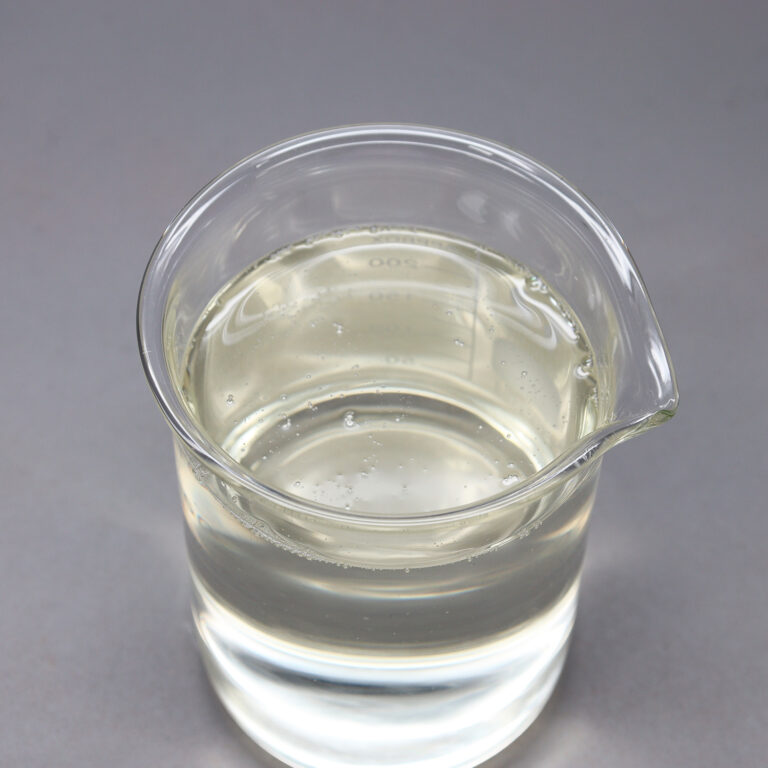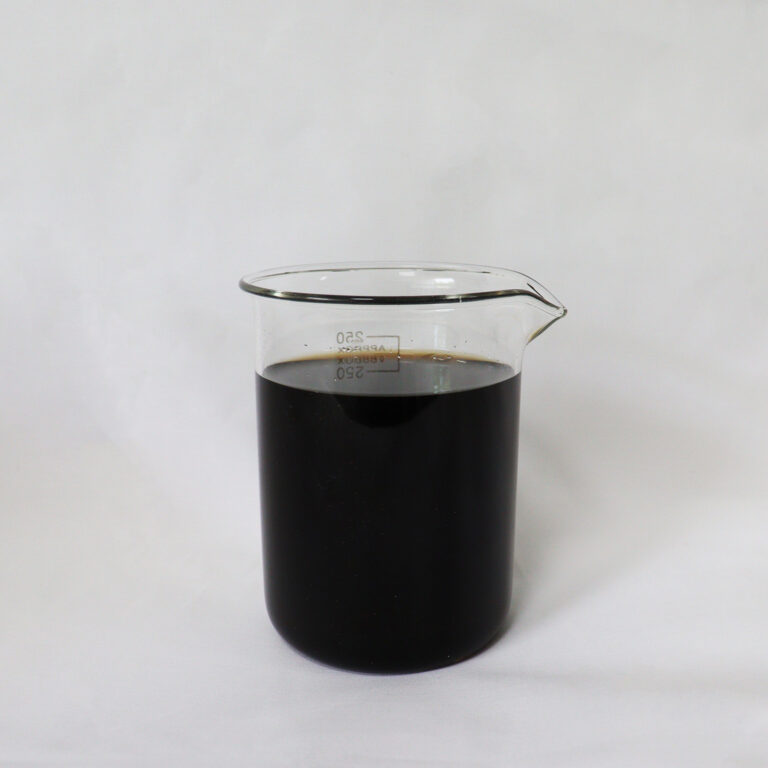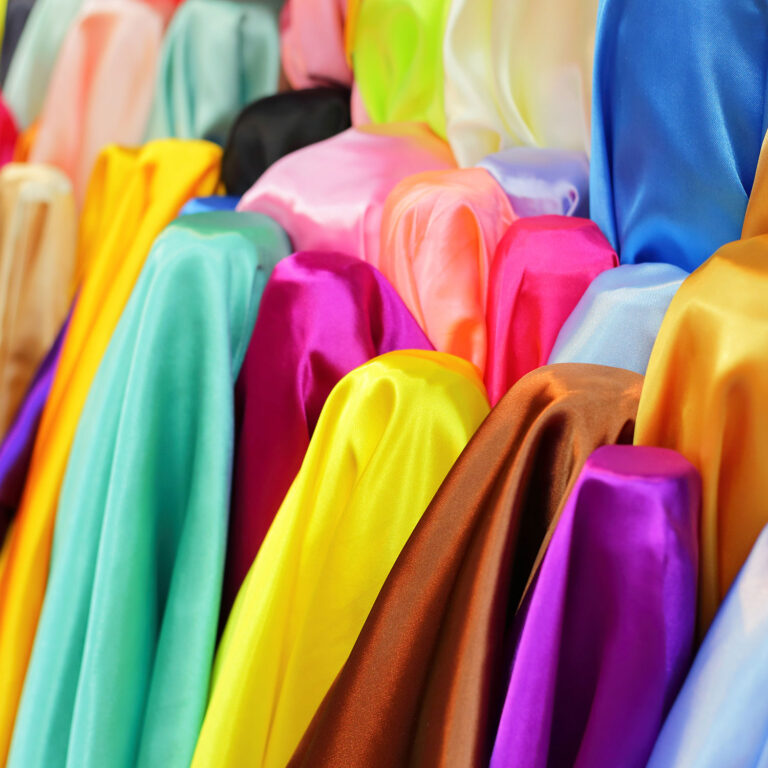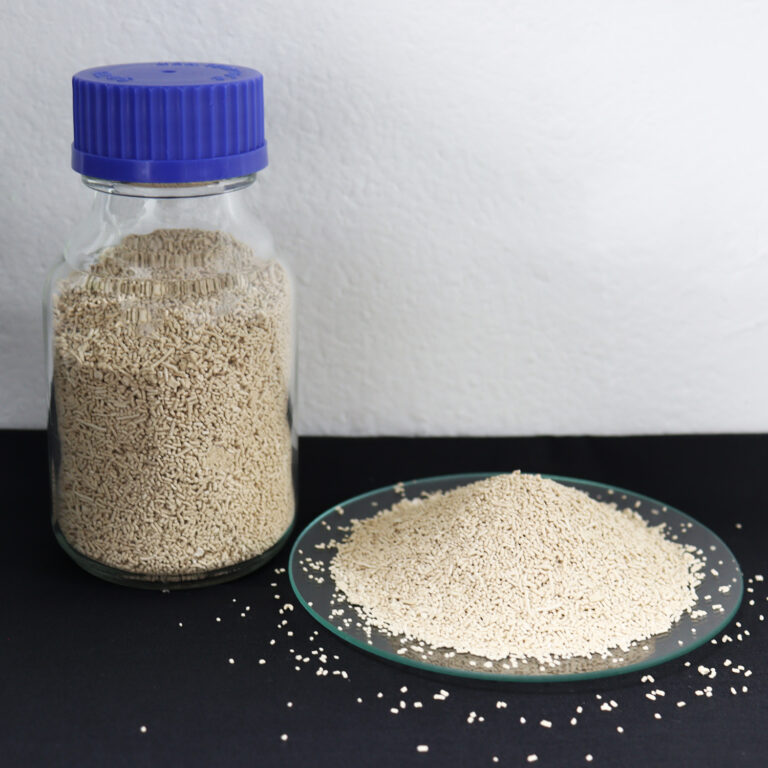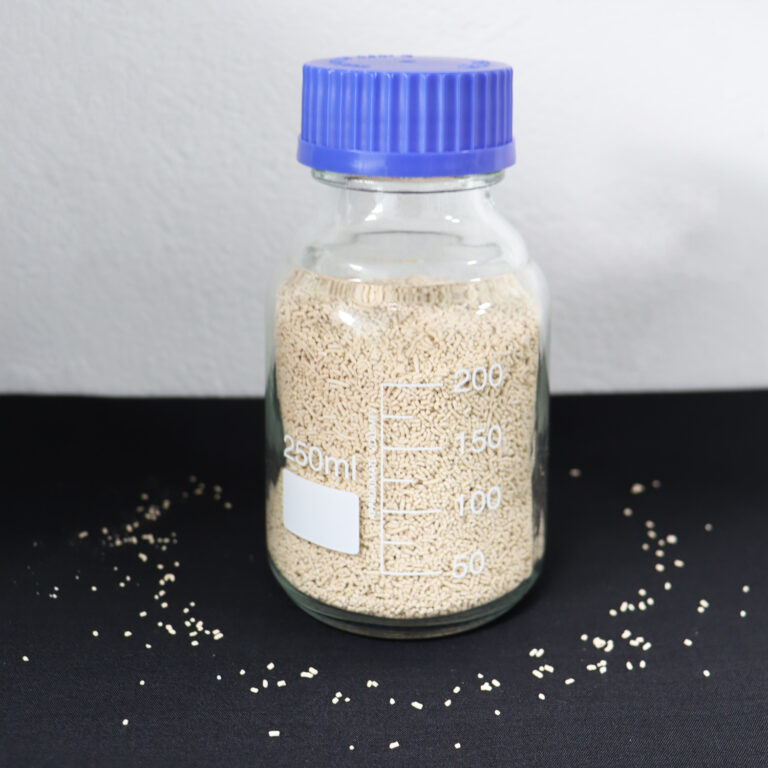Color fastness is a critical performance indicator in garment production. It defines how well a dyed fabric holds its color after washing, rubbing, or exposure to light. As more manufacturers use silicone softeners to improve fabric hand feel and drape, a common concern arises: Does silicone softener affect color fastness?
The short answer is: Yes, it can—but only if applied incorrectly or without considering fabric chemistry. In this article, we’ll explain the relationship between silicone softeners and color fastness, and share expert application tips for garment dyeing and finishing.
What Is Silicone Softener and Why Is It Used?
A silicone softener is a type of textile softening agent made from silicone-based polymers, often modified with amino or polyether groups. It improves the softness, flexibility, and smoothness of textiles—making garments more comfortable and attractive to consumers.
Silicone softeners are widely used in:
- Garment dyeing finishing
- Knits and denim processing
- Blended and synthetic fabrics
- Performance and sportswear
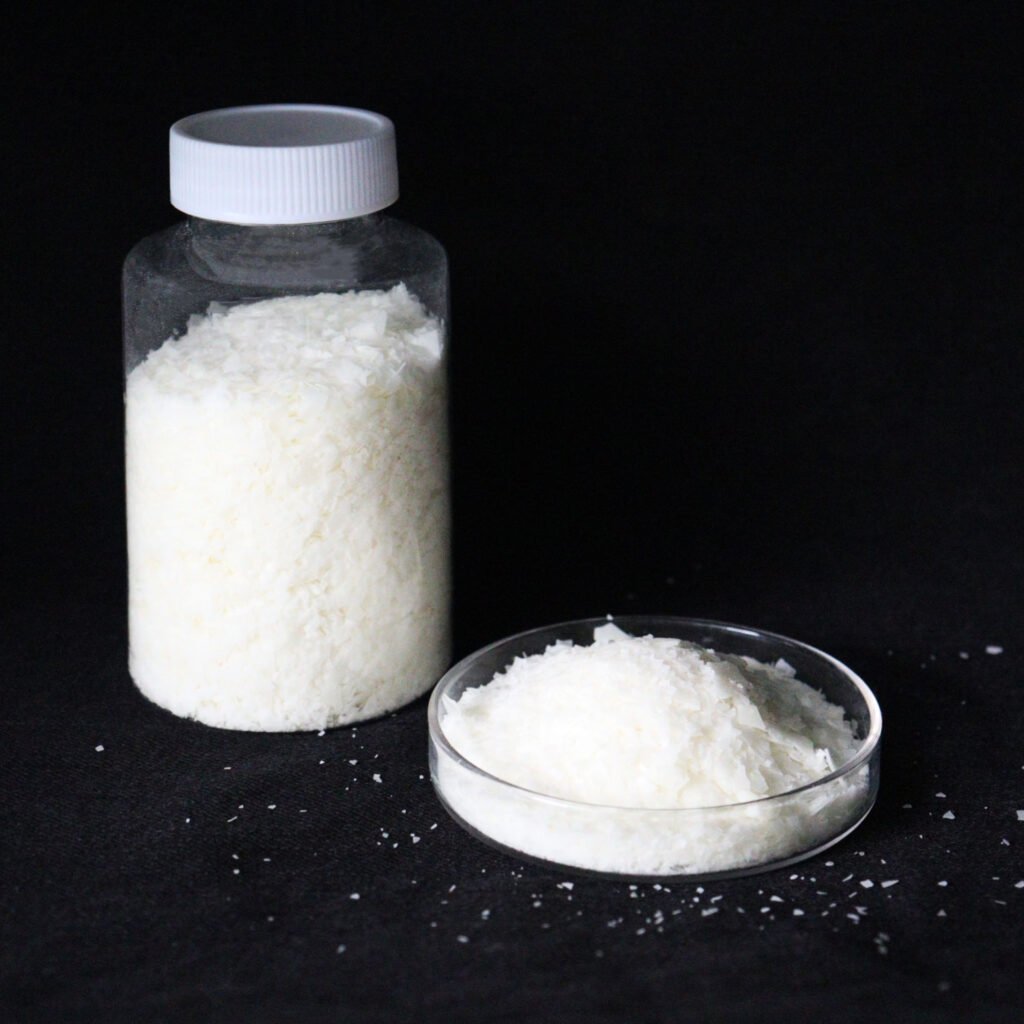

Can Silicone Softeners Affect Color Fastness?
Yes—especially if:
- The fabric is not properly neutralized after dyeing.
- The softener type is not compatible with the dye or fiber.
- Over-application leads to excess residue on the fabric surface.
- The softener contains yellowing-prone amino groups or reactive side chains.
How It Happens:
Some amino silicone softeners may slightly interact with dyes (especially reactive or direct dyes) or interfere with their bonding to fibers. In addition, improper curing or pH conditions can result in dye migration or loss of surface color, particularly in garment-dyed cotton.
How to Minimize Color Fastness Issues When Using Silicone Softener
✅ 1. Choose the Right Type of Softener
- For cotton and reactive dyes, use a non-yellowing or modified amino silicone softener with low reactivity.
- For polyester or blends, cationic or blocked silicone types are safer.
- Use hydrophilic silicone softeners if absorbency and color brilliance are priorities.
✅ 2. Ensure Complete Neutralization
After dyeing, fabrics must be completely neutralized (pH ~6.5–7.0) before softener application. Any residual alkali can react with the softener, causing discoloration or dullness.
✅ 3. Optimize Dosage
Avoid overuse. Start with a softener concentration of 1–3% owf (on weight of fabric) and adjust based on trials. Over-applying silicone can lead to build-up and color shading.
✅ 4. Pre-Test with Your Fabric and Dye
Always run lab dips or small-batch tests to check for changes in:
- Color shade
- Rubbing fastness (dry/wet)
- Wash fastness
- Appearance after drying/curing
✅ 5. Use the Correct Application Method
Both exhaust and pad-dry-cure methods can work well, but temperature and time are crucial:
- Drying: 100–130°C
- Curing: 150–170°C (only if softener requires it)
Avoid over-curing, which can damage both dye and softener.
Bonus Tip: Use Silicone Softeners with Built-in Color Protection
Some high-end silicone softeners come with additives that enhance color retention and prevent dye migration. Ask your supplier if they offer such formulations.
Trusted Supplier of Silicone Softeners for Garment Dyeing
Meixin Biotech Co., Ltd. offers a full range of silicone softeners for garment dyeing, including:
- Low yellowing amino silicone softeners
- Hydrophilic silicone softeners
- Silicone softener beads and liquid emulsions
- Custom solutions for color-sensitive applications
Need samples or technical advice?
Email: connie.huang@meixinbiotech.com
Softening Auxiliaries Articles
How Fabric Softener Flakes Improve Hand Feel in Garment Finishing
Silicone Softener Beads vs. Emulsions: Pros and Cons for Textile Finishing
Softergent Flakes vs. Liquid Softeners: Which Should You Use?
Top 5 Applications of Silicone-Based Softeners in Modern Textile Processing
How Silicone Softening Beads Improve Fabric Feel and Process Efficiency
Silicone Fabric Softener vs. Traditional Softeners: Which Is Better?
What Is a Silicone Softener for Textiles? Benefits, Types & Applications
Understanding Fabric Softener Flakes: Types, Usage & Key Advantages
Does Silicone Softener Affect Color Fastness? Application Tips for Garment Dyeing
How to Apply Silicone Fabric Softeners in Dyeing & Finishing Processes
Where to Buy High-Quality Silicone Softener for Textiles (2025 Guide)
How to Choose the Right Silicone Fabric Softener for Cotton, Polyester & Blends
Top Exporters & Manufacturers of Silicone Softening Beads in China
Understanding Fabric Softener Flakes and Their Role in Textile Care
Is Bead-Type Softener Suitable for Export? 5 Key Questions + Packaging, Storage & Transport Tips
5 Key Questions to Ask Before Buying Silicone Softeners for Garment Production
How High-Concentration Softeners Help Garment Factories Reduce Production Costs
Bead vs. Liquid Silicone Softeners: Which Is Better for Mass Fabric Processing?
Eco-Friendly Silicone Fabric Softeners: Are They Worth the Switch?
FAQs About Silicone Softener for Textiles: Everything Importers Need to Know


